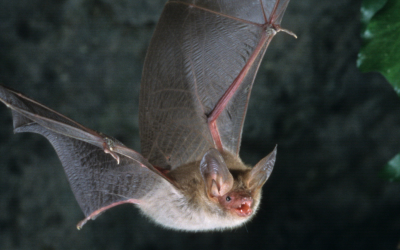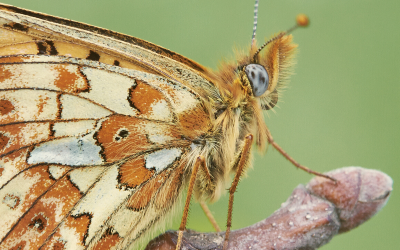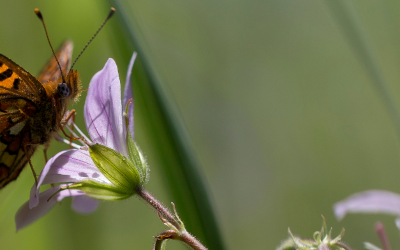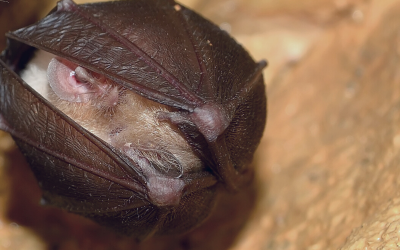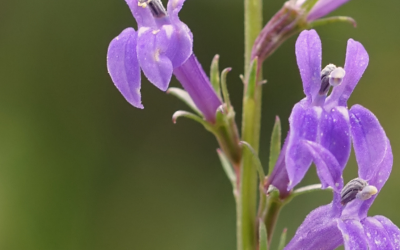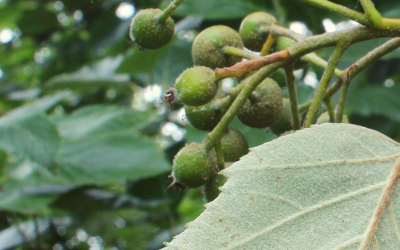Myotis bechsteinii#SavingSpecialSpecies ProjectsBechstein’s bats are very secretive and like to avoid humans, so there is still a lot we don't know about them. We do know that we have a small population of this very rare bat here, at the edge of their range, in the...
Pearl bordered fritillary
Boloria euphrosyne#SavingSpecialSpecies ProjectsOnce widespread across the UK, this rare woodland butterfly is now highly threatened in England and Wales. Its common name comes from the row of white dots or ‘pearls’ that run along the underside edge of its hindwing...
Small pearl bordered fritillary
Boloria selene#SavingSpecialSpecies ProjectsThis fritillary and the Pearl bordered fritillary (PBF) can be difficult to tell apart. They are similar in colour and size (despite the Small’s name suggesting otherwise), each is named after a row of seven pearls on its...
Greater Horseshoe Bat
Rhinolophus ferrumequinum#SavingSpecialSpecies ProjectsThe Greater Horseshoe Bat is named after its horseshoe-shaped nose ‘leaf’. They use this as part of their echolocation system – making tiny calls to navigate and find food as they fly. With a wingspan reaching 40...
Heath Lobelia
Lobelia urens #SavingSpecialSpecies ProjectsOnce known locally as ‘the flower of the Axe’, Heath Lobelia is an incredibly rare wildflower that was first discovered in 1768 growing on heathland near Shute in East Devon. The striking purple-blue flower could once be...
Devon Whitebeam
Sorbus devoniensis#SavingSpecialSpecies ProjectsThe Devon Whitebeam is endemic to Britain and grows wild in only four places - Devon, Cornwall, Somerset, and Ireland. A true special species, it can reproduce without fertilisation, creating seeds that are genetic...
